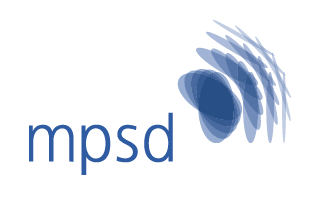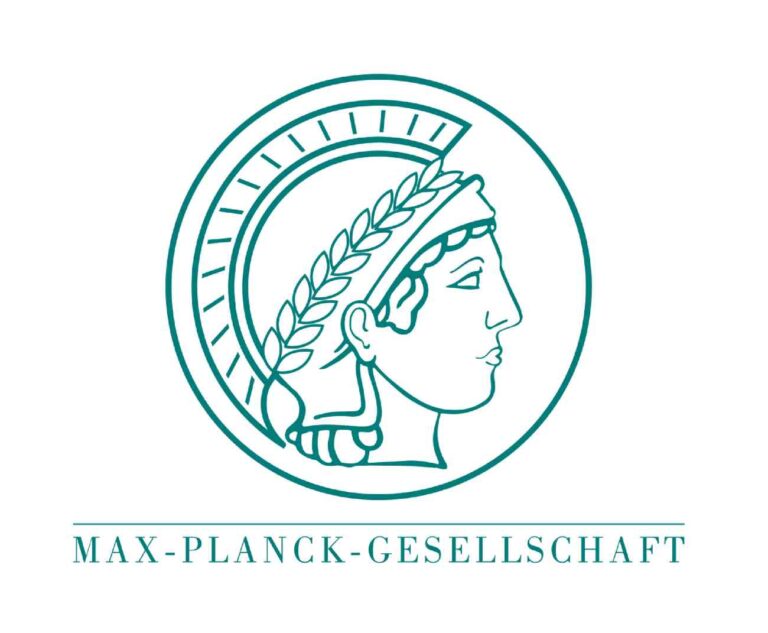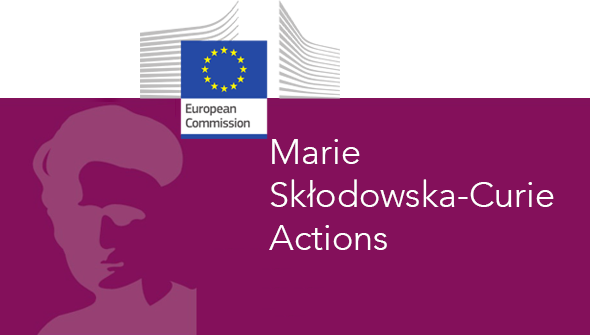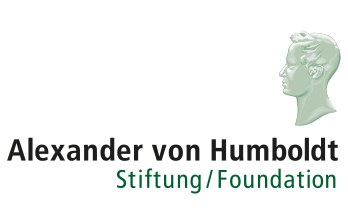Code of Conduct
Code of Conduct
As a group, we strive to engage consistently in cutting-edge physics research. To operate at this frontier, we must create and sustain a safe, diverse, and inclusive scientific working environment where we can all thrive and grow professionally. This is achieved only when members feel supported, respected, and that they can intentionally contribute positively toward a productive group atmosphere. To realize this goal, we aim to counteract socially constructed hierarchies (racism, sexism, cultural chauvinism etc.) in our sphere of influence, especially within the group. This document outlines our Core Values as a group, and the “Dos” and “Don’ts” of interpersonal interaction expected of all members to ensure that we work toward this goal collectively.
We have collaboratively written and all accept and agree to follow this Code of Conduct. To ensure this is a relevant living document as the group changes and evolves, we revisit this document annually. This document supplements/complies with the institutional codes of conduct for the Columbia University and Max Planck Society.
Core Values:
Communication – we communicate intentionally, openly, honestly, transparently, and non-violently.
Respect – we treat each other with respect. We accommodate different character types and backgrounds, and ensure that required care is given to personal and professional boundaries.
Solidarity – we support and advocate for each other. We ensure that mutual help and understanding are given freely and asked for often to counteract ever-accelerating academic and professional pressures.
Dos and Don’ts:
We treat each other according to the below guidelines.
DOs:
- Communicate – it is central that transparent, frequent, and respectful communication occurs between all members of the group. Expectations, boundaries, and limitations must all be clearly communicated to and by relevant parties, thus ensuring acknowledgement and adherence. Those with more seniority or power must be particularly attentive to setting well communicated and moderated boundaries and expectations. This is the cornerstone of a healthy work environment.
- Expect and give Respect – Whenever possible, treat all others, regardless of position, with dignity. We each must respect others’ boundaries, abilities, and whole selves. In turn, this is a basic expectation leveled equally at all of us at all times.
- Collaborate – Good science and a healthy group require mentorship, collaboration, solidarity, and support. We must therefore ask for and give help early, often, and freely to maintain camaraderie and a cooperative and constructive environment. We must endeavor to operate this way with scientific collaborators and colleagues both within and outside the group.
- Foster trust – We must trust each other to both execute tasks and grow as scientists. Thus, we must foster the belief in and growth of our collective abilities. We encourage younger students to take ownership and responsibility for tasks in a guided environment, and more senior group members to delegate meaningful tasks for the benefit of educating younger group members. Good communication, collaboration, and progress flow from a high-trust environment.
- Value the contributions of others – We must proactively recognize others’ contributions to the progress of the various research lines in the group. Doing so requires that we specifically (verbally/on Slack) give requisite credit to others when possible, and recognize how these contributions shaped our own individual work positively.
- Approach work with patience – Mistakes happen, progress can be slow, equipment can break. As such, we must approach our work with patience, acknowledging and tolerating setbacks. Cool-headedness and light-heartedness are keys to ensuring that when faced with obstacles and frustrating failures, we can easily learn from and overcome challenges.
DON’Ts:
- Harass – We do not tolerate harassment in this group. Harassment is any form of unwanted verbal, non-verbal, or physical conduct that occurs with the outcome of negatively affecting the dignity of a person. This can take many forms, including sexual harassment, gendered harassment, racial harassment, or harassment based on other protected characteristics (see below). This definition, adapted from the accepted EIGE definition of sexual harassment, serves to highlight conduct that kills healthy work environments and fosters fear, shame, anxiety, and any number of negative outcomes for those being harassed.
- Intimidate – We must never intimidate others within our group, verbally, physically, or intellectually. Intimidation ices relationships and profoundly disincentives growth, trust, and collaboration.
- Discriminate – We must never treat others differently or deny opportunities/help/mentorship to people based on their identities (see protected characteristics). Discrimination reduces the ability of group members to grow, and prohibits all of us from being collaborative and productive.






